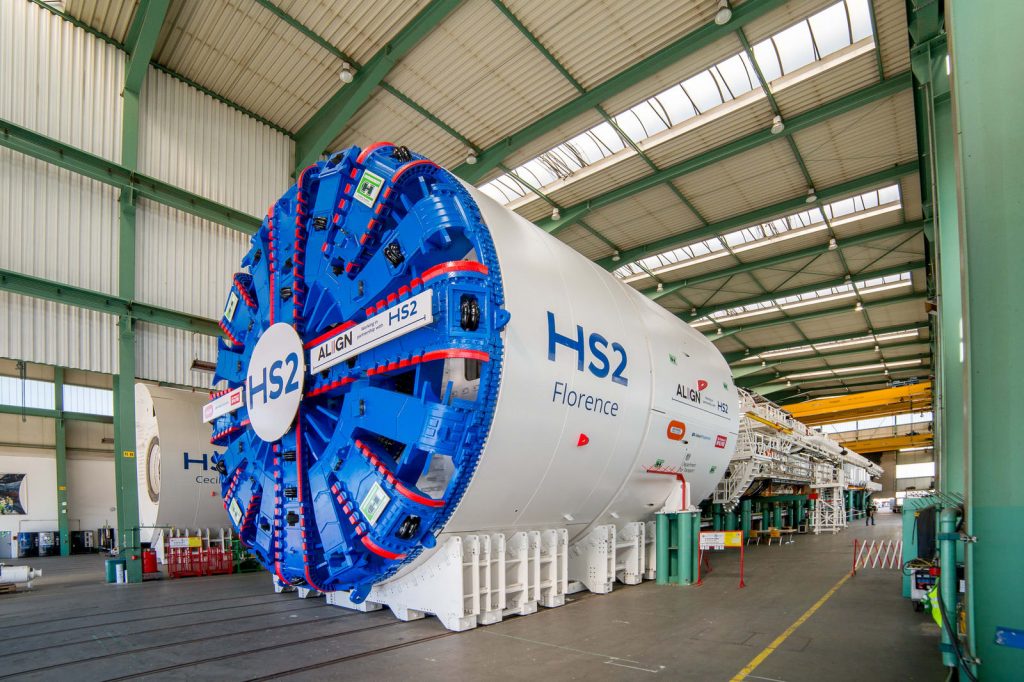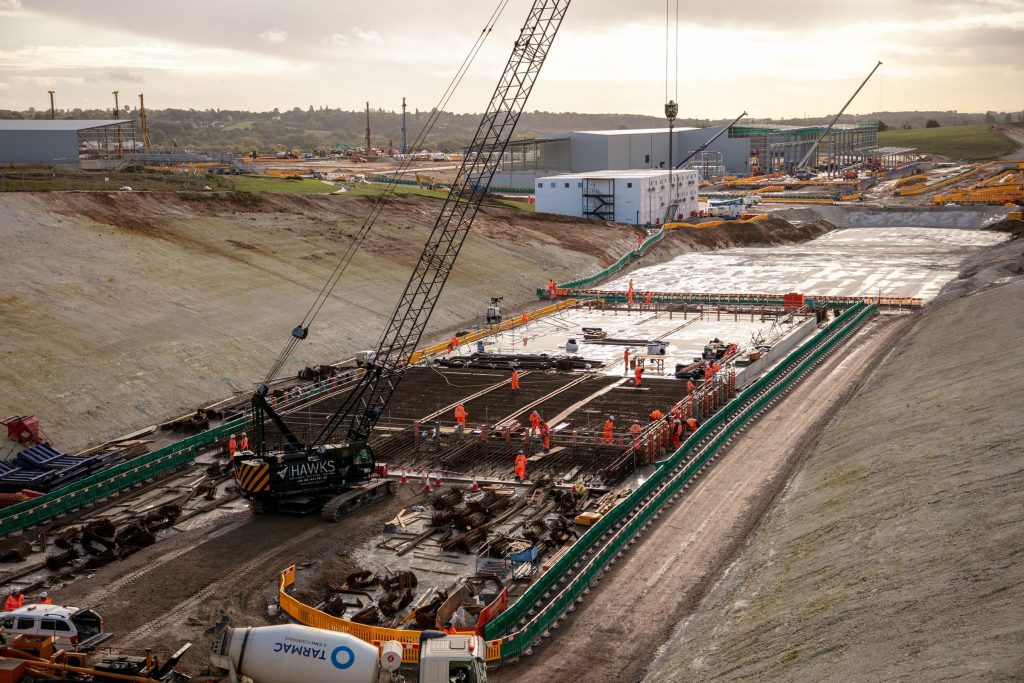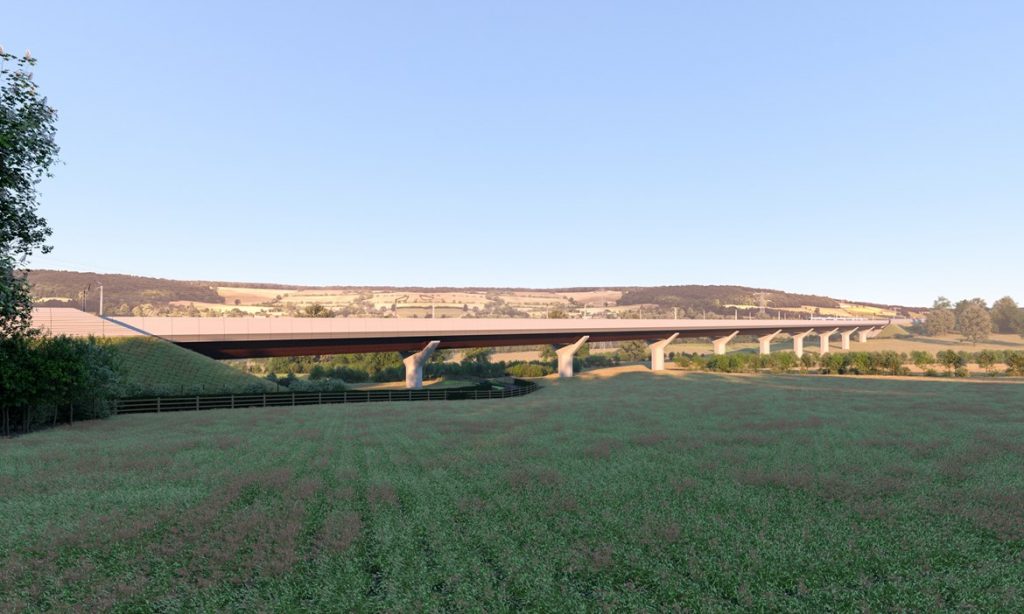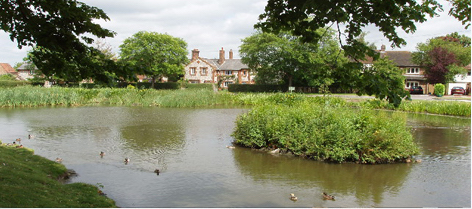Dig this: the monsters beneath our feet…

The enormous tunnel boring machines which will dig Britain’s longest transport tunnel under the Chilterns have virtually completed their arduous journey from Germany to the site of the south portal of the HS2 tunnel just off the M25.
Engineers will now spend around six months making the 2,000 tonne giants serviceable before they begin their 16 km (10 mile) twin bore grind from the south portal in Chalfont Lane, near Denham to the north portal near South Heath, passing under Chalfont St Peter, Chalfont St Giles, Amersham and Little Missenden.
They’ll take three years to complete the journey, remove billions of tons of chalk slurry at a cost £1.6bn. And that’s just the drilling.
The boring machines themselves have been especially designed to tunnel under the soft and often unstable chalk of the Chilterns. In a world first the machines will have robotic arms that will screw in dowels joining the concrete lining segments – a dangerous job for humans to tackle. On board they will have their own grouting plant to fill in the gaps in the tunnel wall as it moves along.
Even preparing the ground to start the drilling has been a mammoth task. When you press the starter button on these things you have to give them a vertical wall of earth to start drilling into. So at the south portal the construction team have scooped out a large tract of land and built a 17 metre high, reinforced earth wall, known as a headwall, for the machines to get stuck into straight away. That in itself took seven months to complete.

Covid impact on HS2 ‘yet to be assessed’
Rail companies expect passenger levels to to return to 75 per cent of pre-pandemic levels in the future, rail company bosses told the Transport Select Committee in the Commons this week…a prediction that anti-HS2 groups quickly pointed out would make the business case for the high speed railway even worse.
HS2 Minister Andrew Stephenson later told MPs that a specific analysis of Covid-19’s impact on HS2 had not yet been undertaken. He said the railway’s business case looked at both high and low demand scenarios. Even with a relatively low demand there is still a “clear case” for pressing ahead, he said.
Bridging the gap

Details of the two railway viaducts that will be built in the Chilterns Area of Outstanding Natural Beauty have been revealed. The 450m viaduct at Wendover Dean will have ten spans and the 294 metre viaduct at Small Dean – which will cross the Aylesbury to Amersham road at Wendover – will have six spans.
Both will be built in a way that’s new in the UK – the various components will be built at ground level and and then all the precast elements slotted together. More than 1,600 people are working on the “sibling viaducts” and work on the sites is due to begin next spring. In all 96 bridges and viaducts will be built across Buckinghamshire and Warwickshire to accommodate the railway.
Son of Swampy…
Environmental activists continue to disrupt the building of the railway. Yesterday a group jumped on board a slow moving tree-uprooting machine near Quainton, forcing it to stop and holding progress up for several hours while police removed them. One was said to involve the son of Swampy – former Holmer Green pupil Daniel Hooper who was said to be a witness to the protest.
Charities and local councils agree ‘gagging orders’
After an 18 month battle between the New Civil Engineer magazine and HS2, the Information Commissioner instructed this week that the list of companies and public bodies that have signed non-disclosure agreements (NDAs) with HS2 should be revealed.
The magazine promptly published the names of 253 organisations, including local authorities and charities, that have signed what are known as “gagging orders”. It means that all parties will not discuss arrangements that have been made between them. A number of former HS2 employees have signed NDAs as part of their settlement package.
The use of NDAs was criticised in a review of England’s planning system last year. Chairman Nick Raynsford particularly criticised the “widespread use” of such agreements by HS2. They had “a corrosive sense on the part of the public that planning is no longer protecting their interests,” he said.
But HS2 said the agreements were necessary. “NDAs during the planning phase of HS2 helps to avoid placing homes and businesses in unnecessary blight, protect commercially sensitive information and help protect the personal information of those potentially affected by any proposed changes,” said the company.
Organisations included on the list include the National Trust, the Canal and River Trust, Thames Water and Affinity Water.
Spending probe
Penn’s MP Dame Cheryl Gillan – a long time opponent of the HS2 project – has requested that Parliament’s public accounts committee be given full details of the properties still to be bought by HS2 for the London to Birmingham stretch of the line after the company admitted it had only purchased 75 per cent of the properties it needed to buy. Dame Cheryl, a member of the committee, said £3.3bn had already been spent acquiring property.
